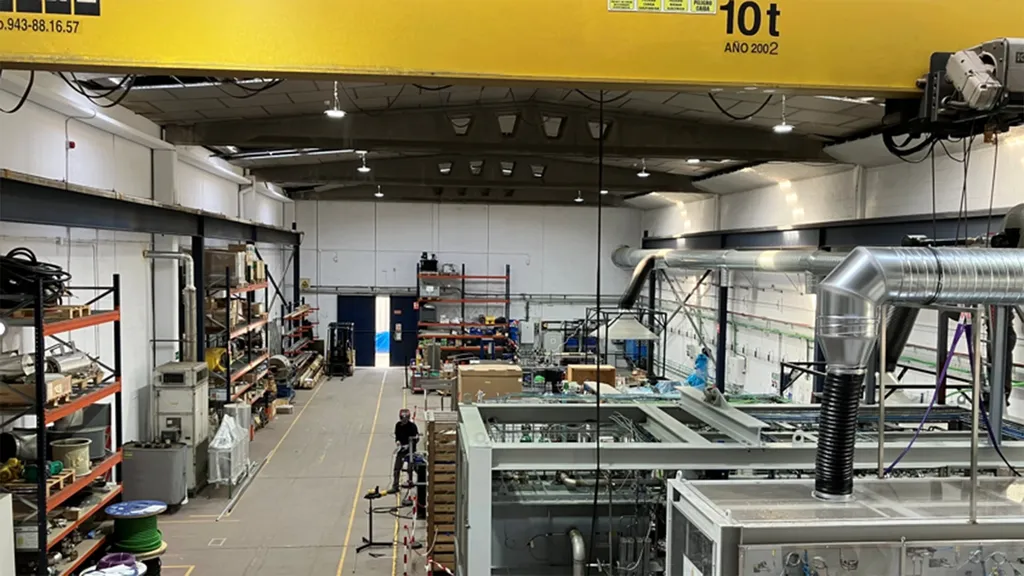The European Union’s ambitious hydrogen strategy, aiming for 10 million tonnes of domestic production and an equal amount of imports by 2030, is facing a critical juncture. The interim target of 6 GW of installed electrolyser capacity by 2024 is at risk, highlighting the urgent need for intensified efforts to scale up hydrogen production and diversify technological pathways. This challenge is not just about expanding existing technologies like alkaline electrolysis (AEL) and proton exchange membrane electrolysis (PEMEL), but also about accelerating innovation in emerging and lower technology readiness level (TRL) solutions.
Enter the H2SHIFT project, a Horizon Europe initiative coordinated by Snam, designed to accelerate the development and market readiness of innovative hydrogen production technologies. H2SHIFT aims to establish a European-wide Open Innovation Test Bed (OITB) that enables the emergence of next-generation hydrogen production pathways. The project offers comprehensive 360° support services for startups and SMEs, including prototyping, upscaling, circularity, sustainability, and business development, to help advance technologies from TRL3 to TRL8.
H2SHIFT focuses on several emerging technology areas: alternative electrolysis, hydrogen production from bio-based feedstocks, direct solar hydrogen production, and hydrogen production from offshore wind energy. Testing services for these technology areas are offered by test lines located around Europe and managed by expert research and innovation specialists.
For alternative electrolysis, IREC in Catalonia and the Hydrogen Centre at the University of South Wales offer testing lines ranging from watt to MW scale, including facilities for characterising pilot plants in real environments. Tecnicas Reunidas in Spain provides a state-of-the-art facility for hydrogen production from bio-based feedstocks, while Snam offers a cutting-edge facility for the conversion of biogas/biomethane to bio-hydrogen. Politecnico di Torino specialises in direct solar hydrogen production, and Youwind evaluates the business case for hydrogen production and storage in offshore wind parks.
The hardware testing services are complemented by software-based development support, including modelling and simulation by partner Resolvent. Additionally, support is provided on acceleration, business development, and technoeconomic, safety, and life cycle analysis by the project’s expert through the test line managed by CDI.
The project is validating its service offering through several showcases involving project partners and external companies. One notable showcase is Politecnico di Milano’s electrified steam methane reformer (e-SMR), designed for the production of low-carbon hydrogen from biogas and biomethane. Snam will support POLIMI in evaluating both the lab-scale and pilot-scale prototypes of the e-SMR, while CDI will manage the partners’ contribution for techno-economic analysis, regulatory compliance check, and an optional life cycle assessment.
H2B2 is another partner developing a high-temperature electrolysis stack designed to produce low-carbon hydrogen more efficiently. A key innovation in this stack is the integration of 3D printing technology in the manufacturing process, enhancing hydrogen output and mechanical stability while maintaining a compact stack design.
The progress and outcomes of the H2SHIFT project will be crucial in shaping the development of the hydrogen sector in Europe. By fostering innovation and providing comprehensive support services, the project aims to accelerate the deployment of next-generation hydrogen production technologies, ultimately contributing to the EU’s climate-neutral economy by 2050. The success of H2SHIFT could catalyse further investment and collaboration, driving the hydrogen sector towards a more sustainable and efficient future.

